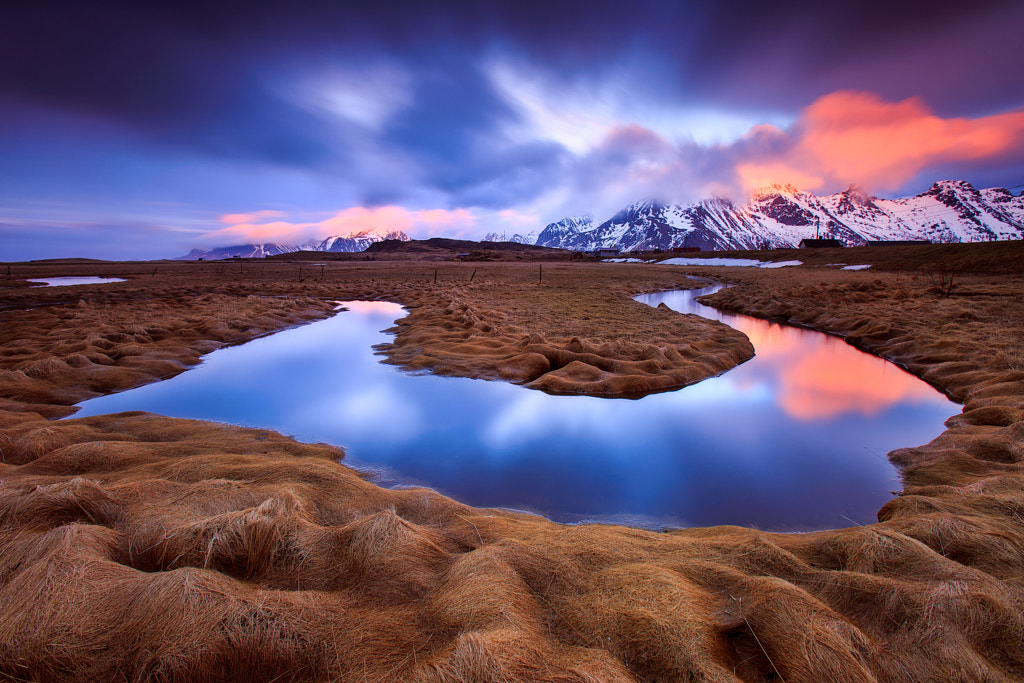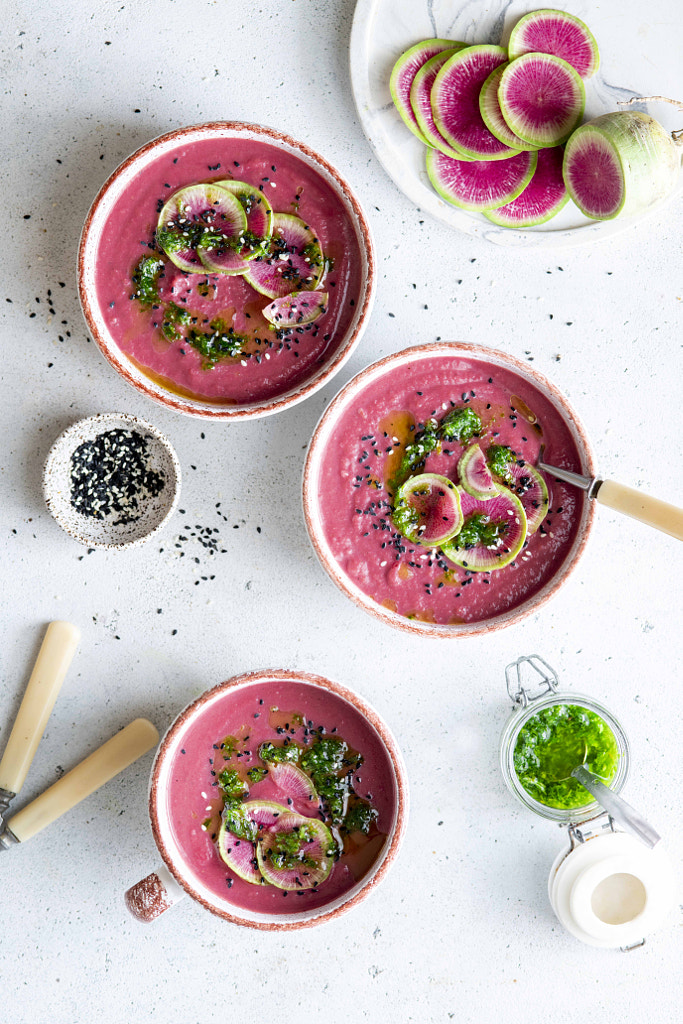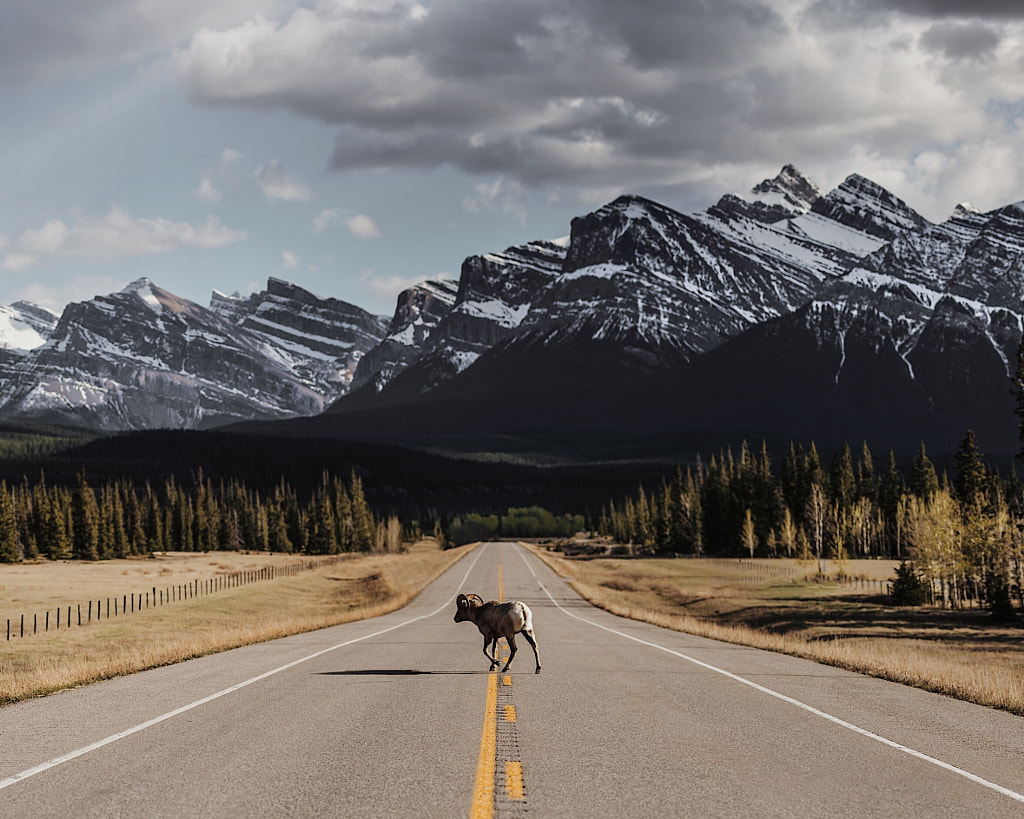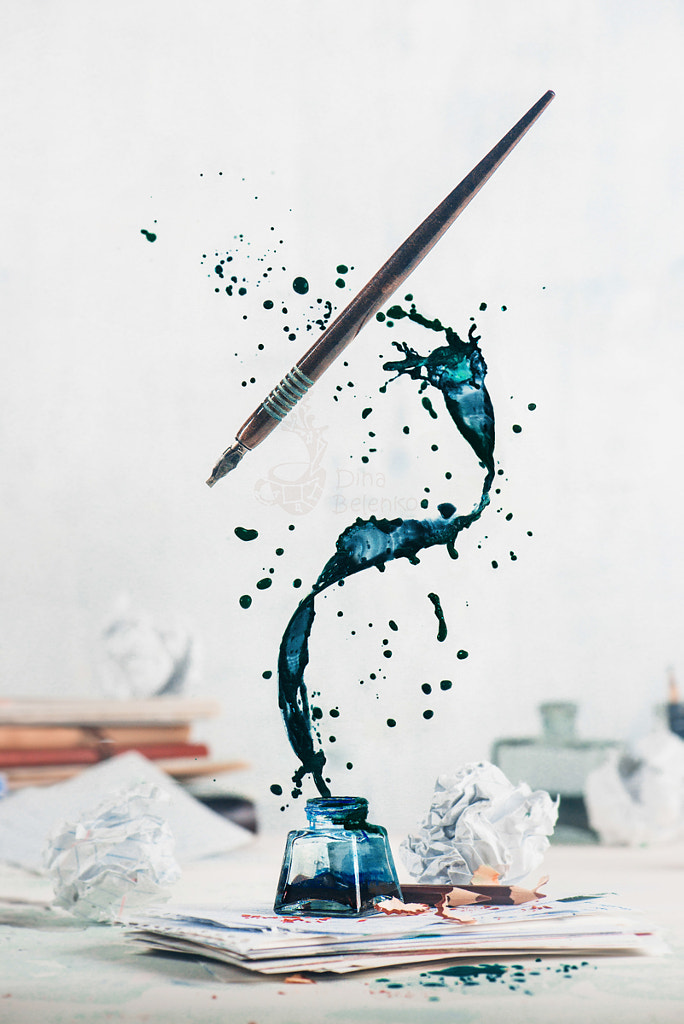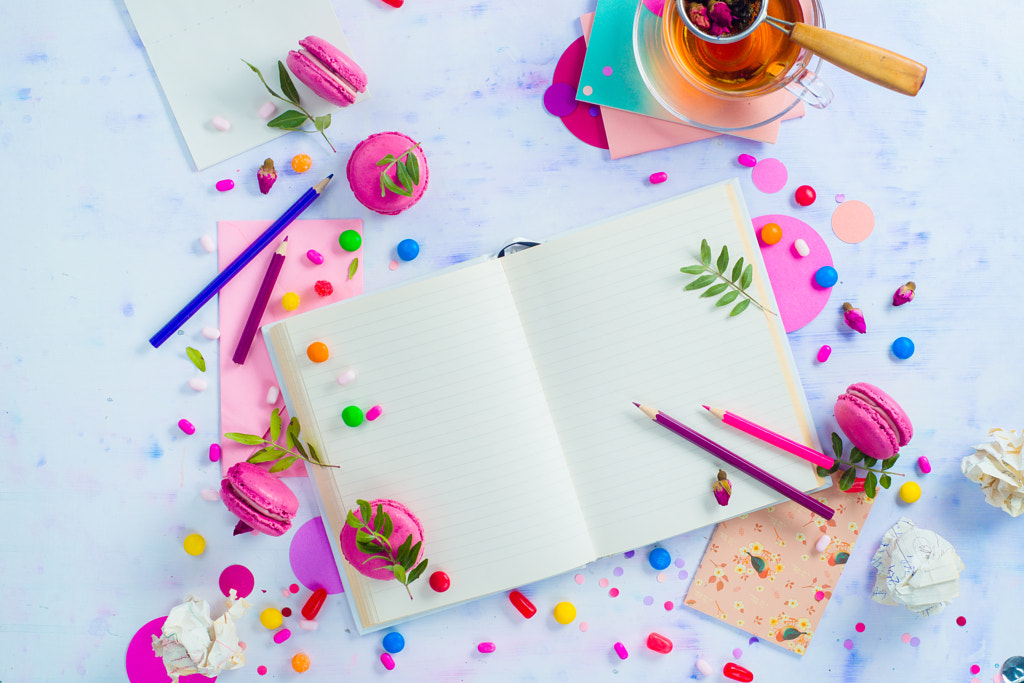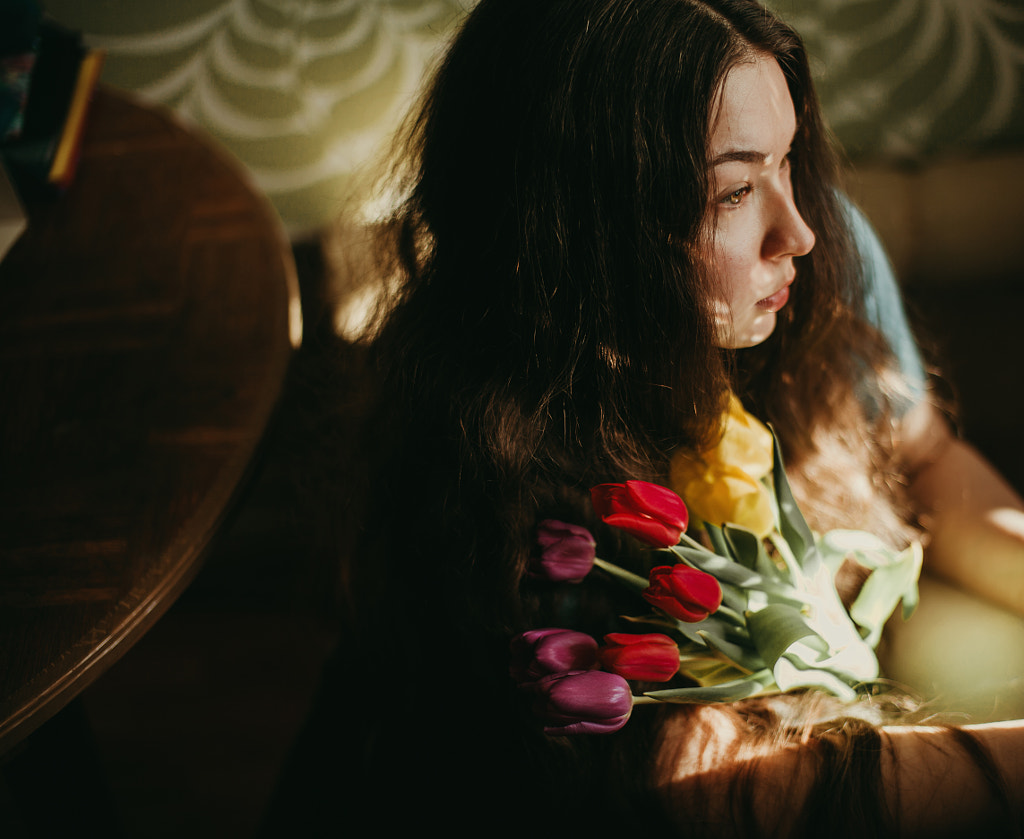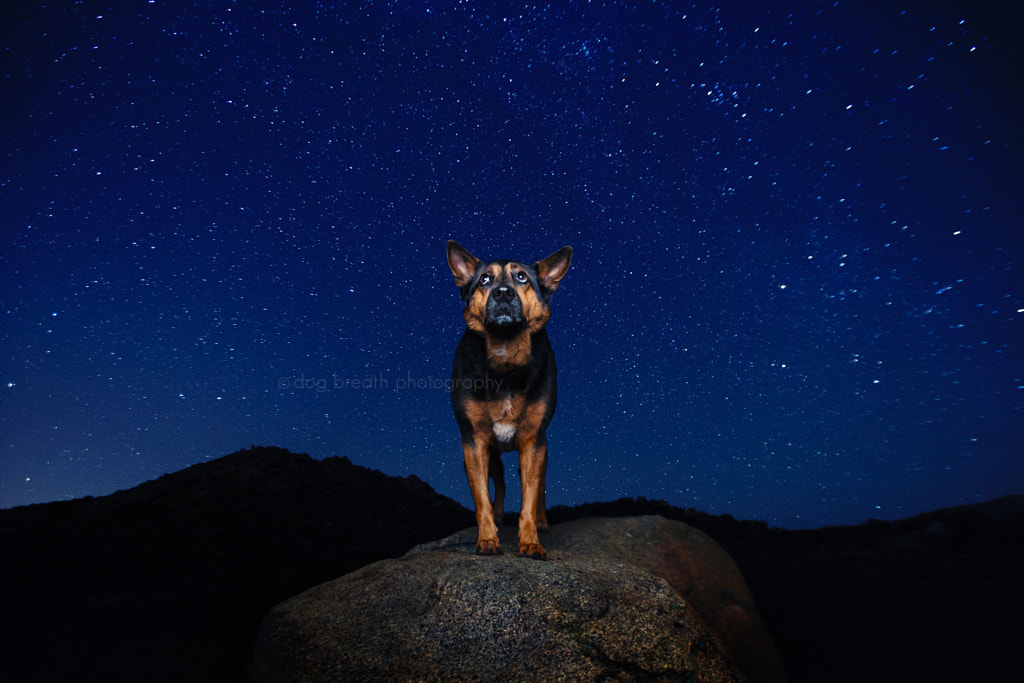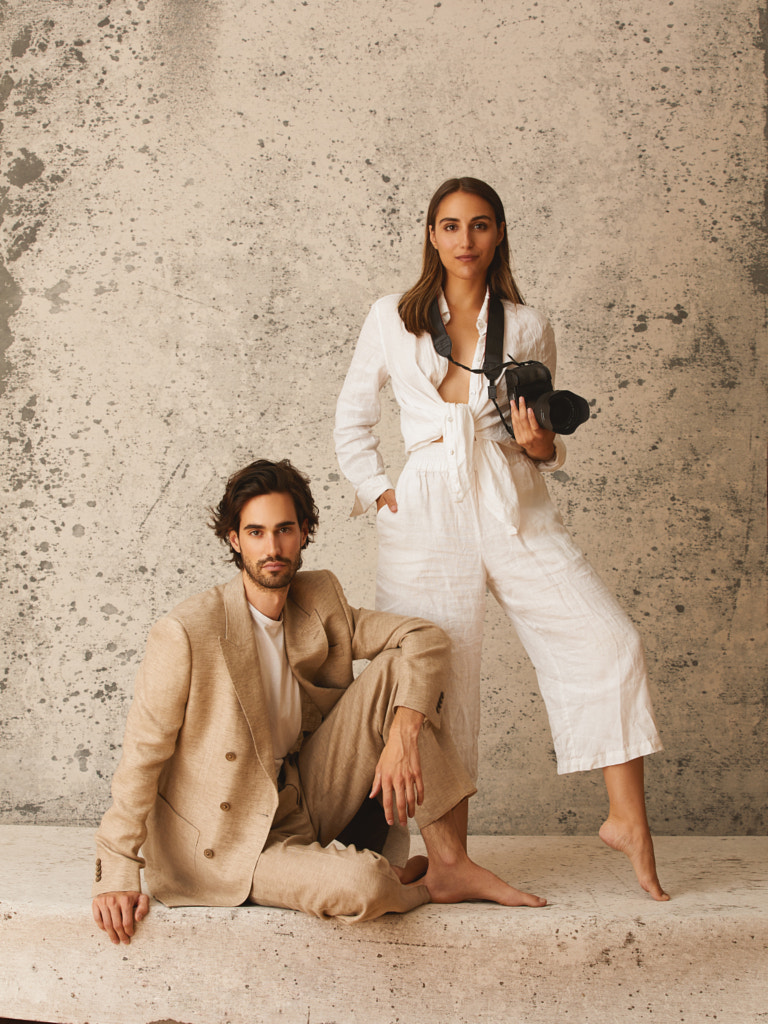Research suggests that having a hobby outside of your regular job can improve your work performance, make you more satisfied, reduce stress, and lower your chances of experiencing burnout. According to one study, people who engage in creative leisure time actually score higher on performance rankings and are more likely to generate creative solutions to problems they encounter at work.
For professional photographers, the line between work and play can often blur, making it hard to unplug, relax, and recharge. For many, having a hobby outside of work, whether it’s a sport or another artistic pursuit, takes the pressure off and helps get those creative juices flowing. When you’re not bogged down by the desire to produce “perfect” work, you can focus on the fun of doing something different. Here are just a few hobbies to try on your next day off.
Hiking
The well-known Belgian landscape photographer Sven Broeckx first developed his passion for nature as a hiker, and it’s a hobby that’s continued to push him to visit remote locations in Norway, Iceland, the Faroe Islands, and beyond. For adventure photographers, the ability to hike means you can reach spots others have missed while also scouting for beautiful light and an optimal vantage point.
Hiking also gives you the chance to slow down and enjoy the natural world without keeping your camera to your eye the whole time, forcing you to choose only the best moments to photograph. There’s nothing like hiking and camping in the mountains, only to catch the sunrise long before everyone else has woken.
Gardening
Gardening might have been one of the trendiest hobbies of 2020, but photographers have known its joys for decades. In the 1910s, Imogen Cunningham honed her skills as a photographer at home by shooting the plants she cultivated in her garden; her plant studies were so vivid, in fact, that they were often studied by horticulturists and scientists. Edward Steichen, believe it or not, was president of the Delphinium Society of America, and he spent much of his time breeding delphiniums at his farm.
Another bonus? Research suggests that gardening can boost your mood, happiness, and mindfulness as much as some kinds of exercise. According to one study, all types of gardening proved beneficial, but those who grew their own veggies derived the most enjoyment, so you might consider fennel (see Imogen Cunningham’s Three vegetables, 1963), peppers, or cabbage leaves, famously photographed by Edward Weston.
Cooking
Cooking skills are especially beneficial for food photographers experimenting in the kitchen, but this creative pastime need not be limited to any one genre. Many say that cooking boosts creativity and mindfulness, but it also gives you permission to fail, have fun, and try again. Plus, studies suggest that cooking and baking can improve your mood, making you feel more enthusiastic about what you have to do the next day (good for days before long shoots!).
If you’re feeling extra creative, you can start by checking out The Photographer’s Cookbook, a fun book published years after the George Eastman Museum asked iconic photographers to share their recipes (all the way back in the 1970s!). Of course, it’s as much about the beautiful images as it is the recipes, so you can take inspiration from its pages when creating your own personal favorite recipe.
Road-tripping
Some of the most iconic American photographs were taken on road trips, including pictures by masters like Ed Ruscha, Robert Frank, William Eggleston, Joel Sternfeld, and Justine Kurland. If you’re looking for inspiration, check out David Campany’s extraordinary book The Open Road: Photography & the American Road Trip, published by Aperture. Road trips offer countless opportunities for surprises and encounters with unexpected sights and interesting strangers.
As it happens, we’re also experiencing a major road-tripping renaissance right now, with more travelers choosing domestic adventures by car over faraway plane trips. Now’s the perfect time to hit the road, listen to Bobby Troup’s “Route 66”, a song that famously inspired Stephen Shore, and set out in search of something new.
Sketching and drawing
If you’re familiar with the magical still lives of 500px Ambassador Dina Belenko, who often shares the tips and tricks behind her photos, you might know that she creates elaborate sketches when planning her shoots. Learning to sketch can help you understand the basics of good composition in daily life, while also providing a solid foundation for future photos.
It doesn’t matter whether you work in the studio or the field; Henri Cartier Bresson might have been famous for his street photographs, but he also drew. “Photography is an immediate reaction,” he once said. “Drawing is a meditation.” Sometimes, however, the two practices can work hand-in-hand.
Journaling
For many artists, keeping a journal provides an outlet for self-expression, a space for reflection, a chance to slow down. This is where you can jot down all your thoughts, from personal feelings to daily experiences to ideas for future projects.
Feel free to make mistakes, cross things out, or draw or glue photos on some of the pages. You can combine writing and scrapbooking, poetry and doodles. Anything goes—just take a look at Photographers’ Sketchbooks, a book by Stephen McLaren and Bryan Formhals, featuring images of sketchbooks from photographers like Alec Soth and Viviane Sassen.
Singing
Okay, hear us out on this one: singing forces you to put yourself out there, and that’s the whole point. Singing is about as raw and real as you can get, and while it might be uncomfortable at first, it might also help you build confidence and learn to confront your fears.
500px Ambassador Taya Iv loves singing, and you can see that same sense of fearlessness and vulnerability reflected in her ever-evolving portfolio of self-portraits. It’s no wonder that so many famous musicians also became avid photographers throughout their careers, from Lou Reed to Patti Smith.
Volunteering
Like several of the hobbies on this list, volunteering your time to a good cause can boost satisfaction and wellbeing. Depending on the avenue you choose, it could also give you the chance to reconnect and spend time with people who inspire you, while honing your leadership skills.
It can be as simple as cooking a meal, grabbing groceries for a neighbor who needs a hand, or helping out at your local animal shelter. The latter also poses opportunities to practice your photography and put it to good use, as many rescues and shelters need great photos of their dogs and cats to help them find homes. The photographer Kaylee Greer, for instance, has spent years volunteering her talents to local shelters, while also going on rescue missions.
DIYing
Photography and DIY go hand-in-hand, from creating your own backgrounds, filters, or reflectors to building your own flash diffuser or beauty dish. It can be as simple as the viral TikTok “toilet roll” light hack or as complex as building your own camera using repurposed parts. Maybe it’s developing your film at home, building an LED panel, or making a tilt-shift lens.
There’s no better way to learn the fundamentals of light, exposure, camera settings, and modifiers than making your own gear, learning from your mistakes, and improving the next time. Even if you fail, you’ll still carry those lessons into future shoots. As a bonus, you’ll save money in the process, which you can then use toward new gear.
Not on 500px yet? Sign up here to explore more impactful photography.
The post Nine non-photography hobbies that could make you a better photographer appeared first on 500px.
